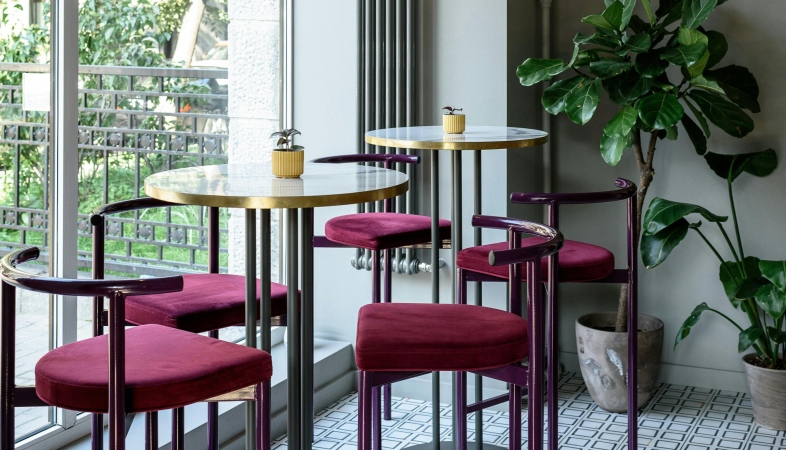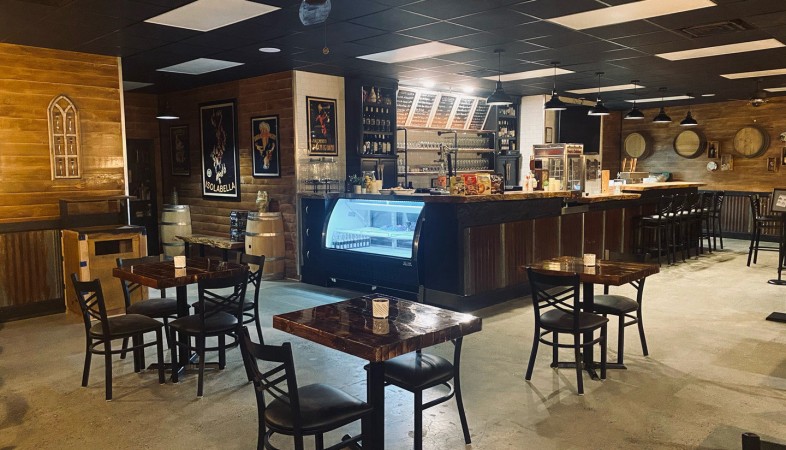Biophilic Design in Hotels: Bringing Nature Indoors
Biophilic design in hotels seamlessly connects guests with nature, enhancing well-being and the overall guest experience...

In the realm of hotel design, the concept of biophilic
design has emerged as a transformative force, bridging the gap between urban
environments and the natural world. Rooted in the innate human connection with
nature, biophilic design seeks to integrate natural elements into built spaces,
fostering well-being, tranquility, and a harmonious guest experience. In
hotels, this design approach goes beyond aesthetics, creating immersive
environments that elevate the overall guest experience.
Biophilic design encapsulates the principle that humans possess an inherent affinity for nature. It goes beyond the inclusion of potted plants or scenic views, aiming to emulate the complexity and diversity of the natural world within the built environment. The goal is to establish a seamless connection between guests and nature, promoting relaxation and rejuvenation.
Hotels employing biophilic design incorporate a myriad of natural elements as integral design features. Living walls adorned with lush vegetation, indoor water features that mimic the soothing sounds of nature, and the strategic placement of large windows framing scenic views are some examples. These features not only serve as visually appealing aesthetics but also contribute to improved air quality, acoustics, and a sense of tranquility.
The choice of materials plays a pivotal role in biophilic design. Hotels often opt for natural materials such as wood, stone, and bamboo to evoke a sense of authenticity and connection to the outdoors. Textures reminiscent of natural elements, like textured wallpapers imitating tree bark or patterns inspired by foliage, further enhance the immersive experience, inviting guests to engage with their surroundings on a sensory level.
Incorporating ample natural light and providing unobstructed views of the surrounding landscape are central tenets of biophilic design. Hotels strategically position communal areas, guest rooms, and even conference spaces to optimize exposure to daylight and provide glimpses of nature. This not only enhances the aesthetic appeal but also contributes to circadian rhythm regulation and a sense of openness.
Beyond the aesthetic and sensory benefits, biophilic design also aligns with the growing emphasis on well-being in the hospitality industry. Guests are increasingly seeking environments that promote health and vitality. By integrating nature into the hotel experience, biophilic design contributes to a holistic sense of well-being, creating spaces that not only accommodate guests but enhance their overall quality of life during their stay.
.png)




.jpg)























